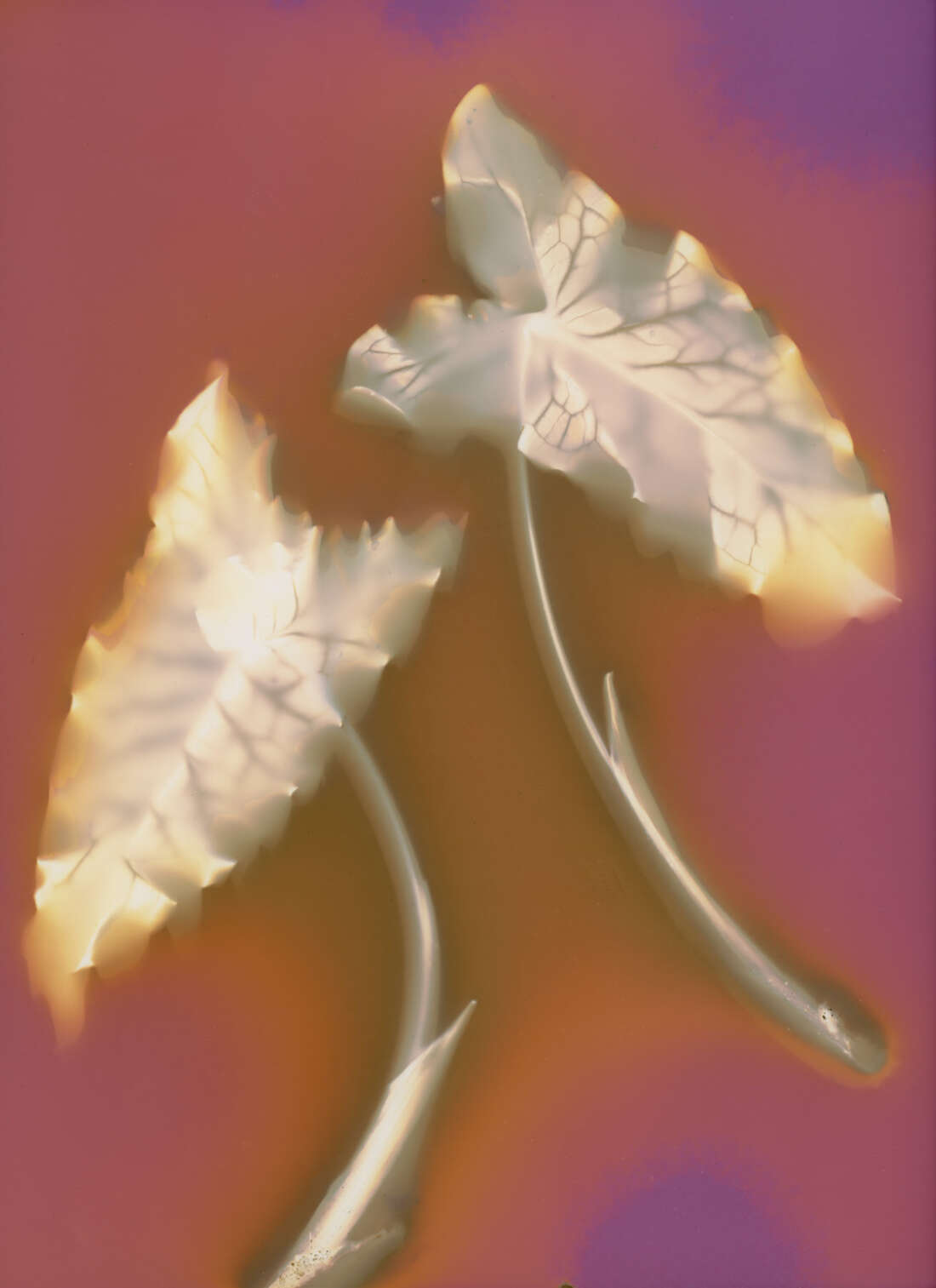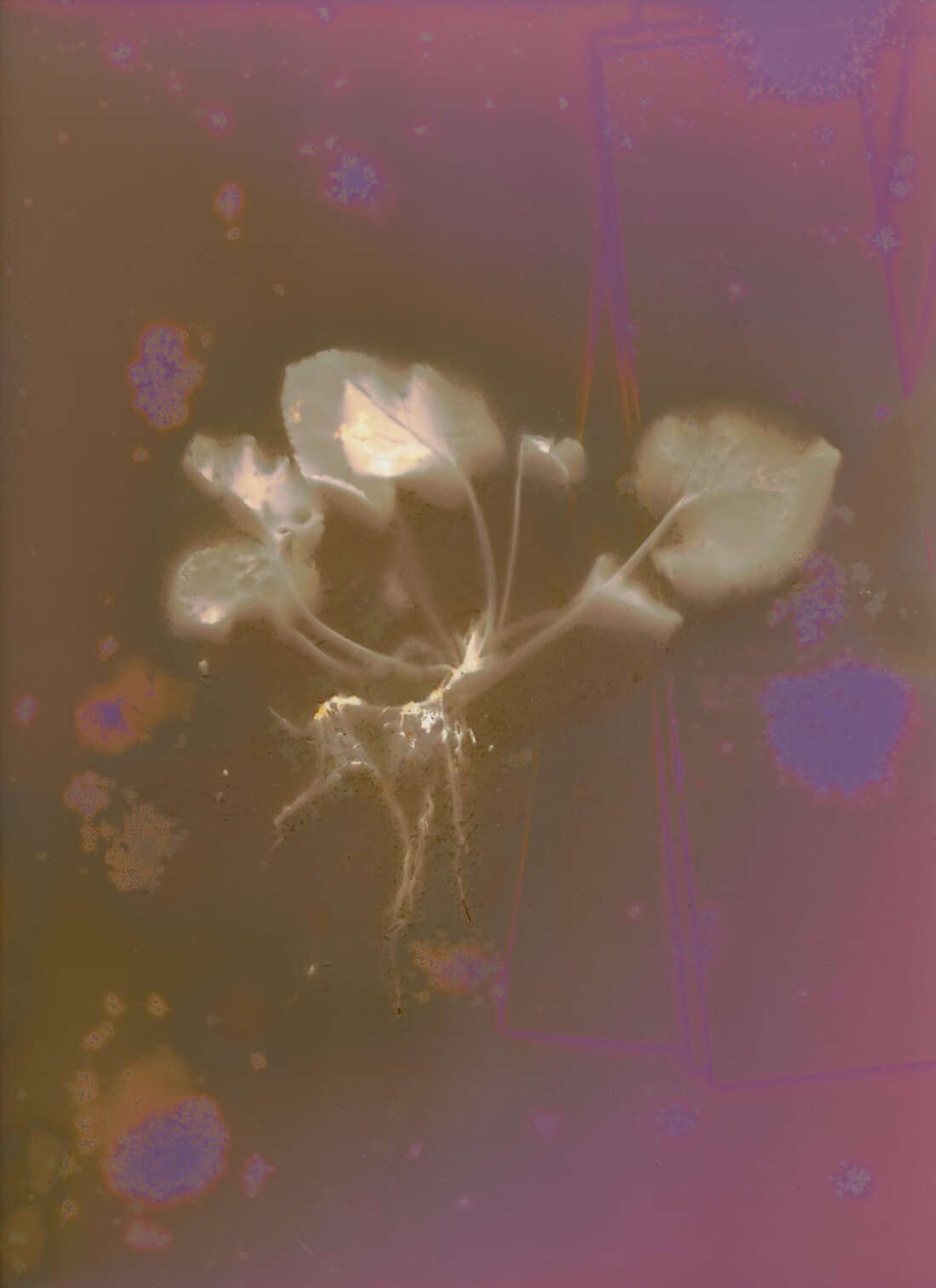Category — Features

Other ways of Talking
I am going to share something with you that changed my life and led me to create an artwork with a whole city. It’s a simple story about how plants and microbes work together to create a world where we all can thrive.
I discovered all this while learning how to grow flowers that were safe for bees. I had no idea it would take me underground to the incredible world of microbial networks hidden beneath our feet.

This journey is the ultimate in circular systems. I could start it in the world of worms, pollinators, fungi, or the leaf of a plant. The point is the wellbeing of one is dependent on the wellbeing of all the others. Nature is designed in such an elegant codependent way, where all parts gift to and receive from the system. Together this miraculous collaboration creates, all by itself, a life-affirming pulse of goodness–unless we disrupt it. When this happens, the beneficial parts of the system suffer and the pathogenic parts thrive, and the life-affirming pulse switches into a death-affirming impulse. Knowing how the system works means you have the skills to encourage the impulse you prefer. As a farmer, it’s definitely the life impulse I have come to know as “syntropy” that I am interested in amplifying into my world.
This story starts in the leaf of a plant, where light from the sun begins transforming matter into sap..
This sap, known as sugar, is a very simple carbon chain that occurs through a process called photosynthesis. This miracle is a process caused by the collision of the sun’s light energy, CO2 from the atmosphere, and water drawn up by the plant’s roots from the ground. In this moment sap (carbohydrates which we eat) is formed and oxygen (which we breathe) is released.
Plants could be considered to be the most generous things on the planet as every day through this process, they make twice as much sap as they need. Every afternoon, they gift it by flushing it out of their roots into their root balls (imagine a toilet flushing to get the picture). They do this because they can’t move to find food resources. Instead, they have evolved to bring their food resources as close as they can to them by enticing microbes to hang out around their roots. The sap– now called an exudate– is the beginning of the food chain for microbes. It enters this process as food for bacteria which breed, increase in number and become food for fungi, protozoa and nematodes. In turn, the protozoa and nematodes increase in number and become food for earthworms. Each time this happens a microbe byproduct is excreted into the local environment which I will grossly refer to here as microbe poos, wees and farts. The farts (CO2) float up into the air and are hopefully captured by a leaf to be quickly recycled again via the process of photosynthesis. This is one of the benefits of intensive planting, where leaves touch and reduce the loss of microbe farts (CO2) into the atmosphere. This excreted byproduct of microbe waste is now a complex mix of micronutrients (much longer carbon chains) that are right in the root ball of the plant where they are able to be reabsorbed through the fine hairs at the end of the plant’s root to help increase the plant’s sugar levels. This is known as Brix. A plant with high Brix levels is nutrient dense and pest resistant. I will tell you more about how that works in a minute.
In nature’s own cycle, minerals always become available to the plant via the belly of a microbe. Without the presence of microbes, plants can gift simple sugars everyday but cannot receive more complex ones in return. Soil systems without microbes can therefore only produce plants that are weak, with low brix levels, meaning they are vulnerable to pests and disease. Topping up minerals that haven’t come out of the body of a worm might produce big plants but not plants with high brix levels and this still leaves them vulnerable.
So how does this work? How do pests know if a plant’s brix level is high or low? This is important information to a pest because high brix levels (sugar levels) in plants are deadly to a caterpillar or an aphid as they have stomachs that can only tolerate low sugar levels. Plant material with high sugar levels will ferment in the stomach of a pest and kill it. This simple fermentation process is the elegant pest control mechanism inherent in nature’s design to ensure that healthy plants are left alone. It is nature’s efficient design to encourage its rubbish collectors, caterpillars and aphids to process the weak plants with low nutrition back into compost that once again can contribute to the effectiveness of the whole system.
Plants therefore have a visual language through the light colour spectrum that they use to communicate to insects, who can perceive it through their antenna. Have you ever noticed a white butterfly landing on only a few cabbages while keeping away from others? They are using their antenna to read the light colour spectrum emitted by the plant.
Plants use both the ultraviolet and infra-red light spectrums to communicate with insect species. The ultraviolet spectrum is used by some flowers to communicate, with pollinators using it to entice them to visit and then changing it again to let other pollinators know they have already been pollinated. This effective light communication from within the flower helps pollinators use their energy efficiently and increases the chance of many flowers receiving visits while they are ready.
The infra-red spectrum is used by the leaves of plants to let pests know if their brix levels are high or low. This infra-red light is like a halo around the leaf and it can behave in two ways. Firstly, it can be a light that is on all the time, and secondly it can be a light that flickers. Think of a light bulb. When the electrical circuit is flowing well the light is constant and on. Once the circuit becomes weak it begins to flicker. This is how the light around the leaf functions as well. When the brix level is high the infra-red halo is constant; when it is low it flickers. This flickering signal is great news to pests as it lets them know this is a safe leaf to eat.
So how do you make sure you are growing plants that don’t have flicking infra-red halos around their leaves? You make sure they have a relationship with beneficial microbes.
Right from day one, you want to make sure that your seeds and seedlings are inoculated with beneficial microbes and are in an environment full of bacteria, fungi, protozoa nematodes and worms. This will ensure your plants gift and receive via this natural engine and are not left marooned in a field bereft of the life forms they were designed to live and work with.
We ask you to remove all processes from your farming system that harm microbes, including the use of tilling soil which harms beneficial fungal networks. We ask that you remove all synthetic fertilisers, and all herbicides, fungicides and insecticides. We also ask that you keep your fields full of living plants. We ask you to limit the time in between crops to ensure your soil always has a plant present to feed your microbes in the afternoon with the extra sap they made that day.
Transform your thinking so that when you see a pest you don’t automatically think of ways to eliminate it Rather, train yourself to see this as a sign your plant’s sugar levels are low. Then reach for a process or product full of microbes and minerals that are in a form plants can use because they have come through bodies of microbes. Materials full of microbes and minerals that have come through microbial bodies include, living compost, worm castings, diluted worm wee, diluted bokashi juice, biological supports such as Biologix 4 step Garden System products. In doing this, you become part of the life-affirming pulse by repairing your soil systems and boosting your plants brix levels so they can be naturally nutrient dense and pest resistant.
By Sarah Smuts-Kennedy. Photography: Jenny Tomlin